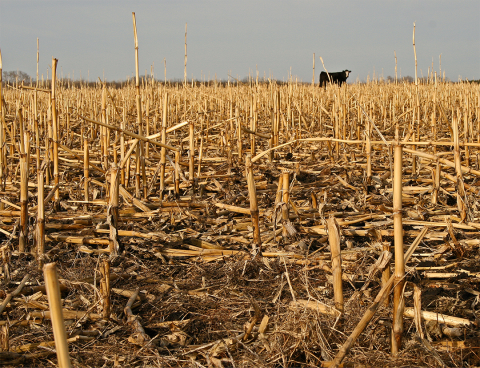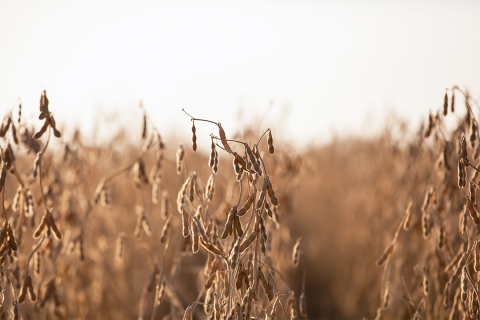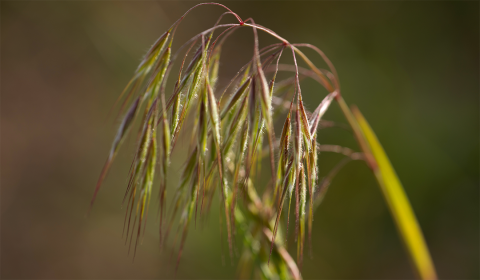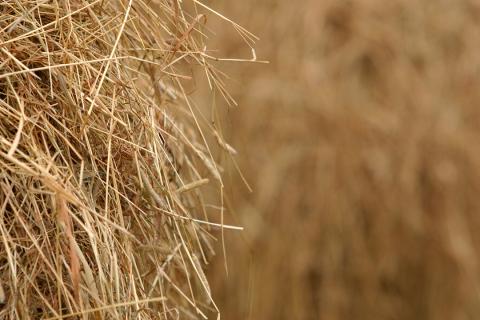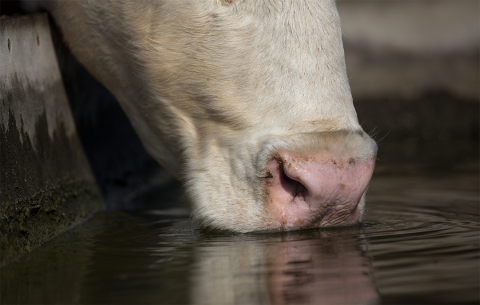Pasture and Forage Minute: Grazing Strategies for Residue and Winter Feed Considerations
November 6, 2024
Grazing grain sorghum stover, cornstalks and winter pastures can reduce feed costs and support cattle health, provided there's careful management to address risks like prussic acid and declining protein.
Pasture and Forage Minute: Fall Alfalfa and Soybean Residue Grazing
October 23, 2024
Extension insights on lower bloat risk for animals grazing fall alfalfa, and the pros and cons of grazing soybean residue.
Pasture and Forage Minute: Tips on Lease Agreements, Controlling Cheatgrass and Interseeding Legumes
October 2, 2024
Extension insights on terminating lease agreements, the best herbicides for controlling cheatgrass, and overgrazing pastures in preparation for interseeding legumes to improve nutrition.
Pasture and Forage Minute: Fall Thistle Control, Hay Prices and Drought Concerns
September 26, 2024
Herbicide options for pasture thistles during fall, insights on hay price fluctuations due to factors like drought and market conditions, and addressing the impact of dry weather on pasture health and alfalfa harvest timing.
Pasture and Forage Minute: Timing Last Alfalfa Harvest with GDD, Sampling Hay
September 17, 2024
Insights on using growing degree days for alfalfa harvest to ensure winterization before dormancy, managing nitrate levels in annuals for foraging livestock, and sampling hay for a comprehensive quality test.
Pasture and Forage Minute: Fall Planting Alfalfa and Winter Annual Forages
September 3, 2024
Tips for selecting suitable alfalfa varieties for successful establishment before winter, and deciding between rye, triticale and wheat for fall seeding.
Pasture and Forage Minute: Heat Effects on Alfalfa, Stock Tank Algae Control
August 5, 2024
Extension educators outline options for mitigating weeds in summer annual grasses and algae growth in stock tanks, as well as challenges that summer heat may create for alfalfa plants and harvest.
Pasture and Forage Minute: Improving Alfalfa Stands and Hay Bale Storage, Water Hemlock Control
July 31, 2024
Extension tips on identifying water hemlock, interseeding grass to boost alfalfa fields, and reducing weather loss from hay bale storage.
